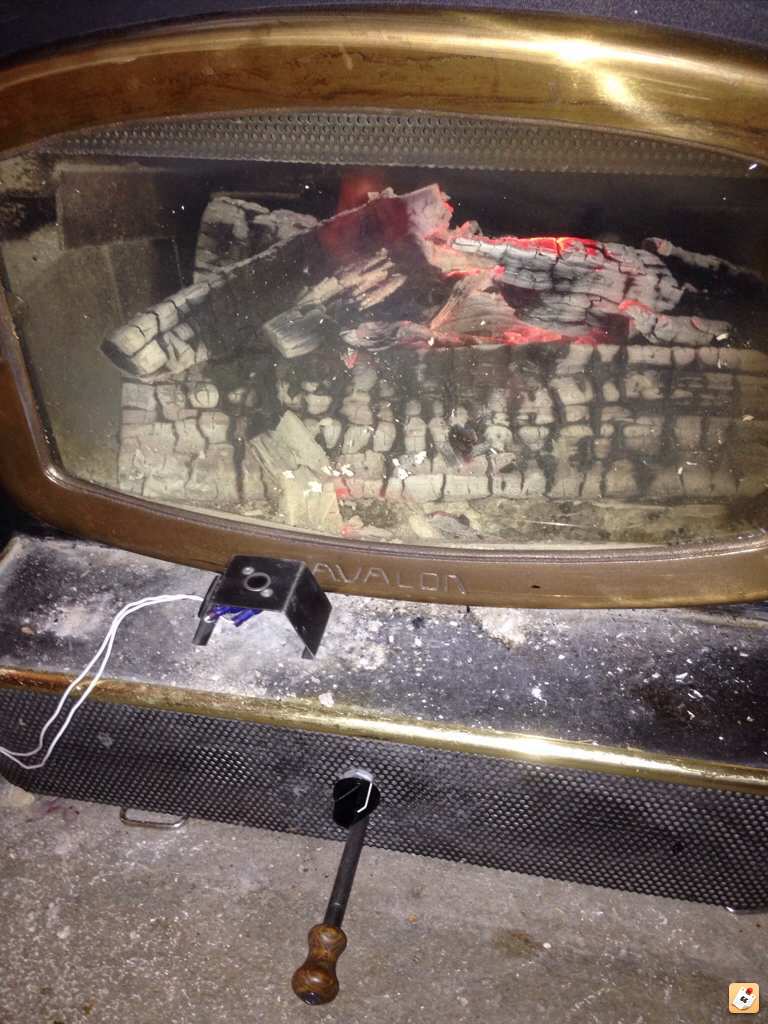This is my 3rd season burning with a fireplace insert and I love it! I've read, experimented and learned a lot, but I would value some input from seasoned burners about the actual burning process. Specifically:
1. Do you keep airflow at maximum to keep the fire burning hot and the smoke pollution and creosote buildup to a minimum (as the EPA recommends) or do you slow airflow to slow the burn? Is it my imagination or does slowing the burn actually get it hotter?
2. How much wood do you burn at a time? Do you stuff it just at night or also throughout the day when you're able to monitor it? [I tend to get it going nice and hot, build a bed of coals and then add a piece or 2 at a time when the previous pieces are getting down to just red coals.]
3. How much green wood do you burn? Just kidding! I meant to ask, anything else to consider for maximum effectiveness?
Just kidding! I meant to ask, anything else to consider for maximum effectiveness?
Thanks in advance!
1. Do you keep airflow at maximum to keep the fire burning hot and the smoke pollution and creosote buildup to a minimum (as the EPA recommends) or do you slow airflow to slow the burn? Is it my imagination or does slowing the burn actually get it hotter?
2. How much wood do you burn at a time? Do you stuff it just at night or also throughout the day when you're able to monitor it? [I tend to get it going nice and hot, build a bed of coals and then add a piece or 2 at a time when the previous pieces are getting down to just red coals.]
3. How much green wood do you burn?
 Just kidding! I meant to ask, anything else to consider for maximum effectiveness?
Just kidding! I meant to ask, anything else to consider for maximum effectiveness?Thanks in advance!






